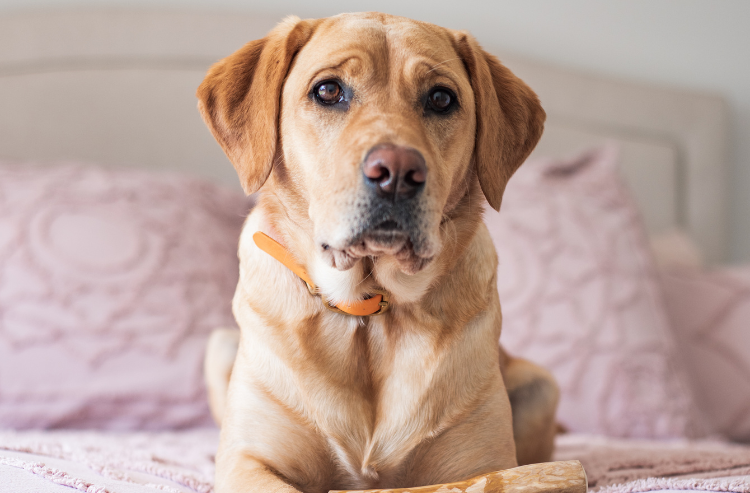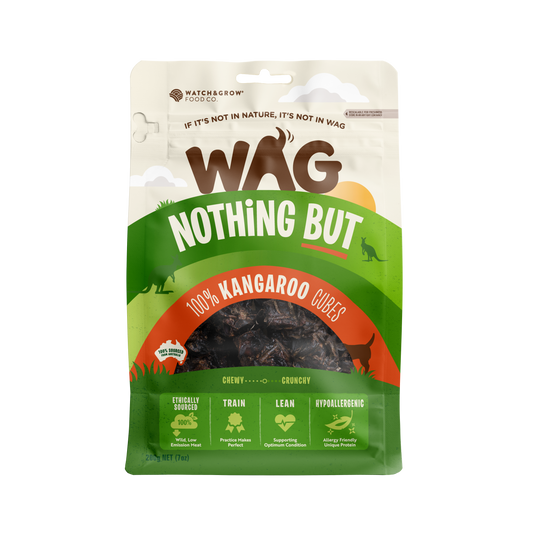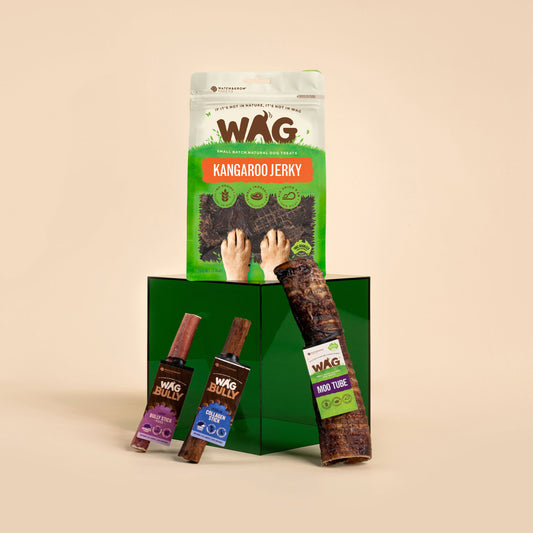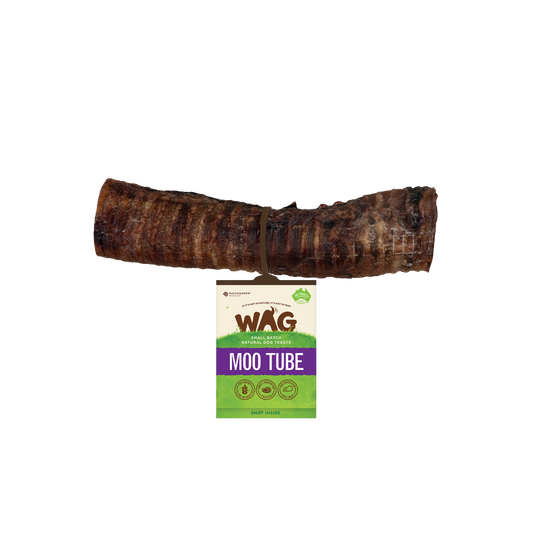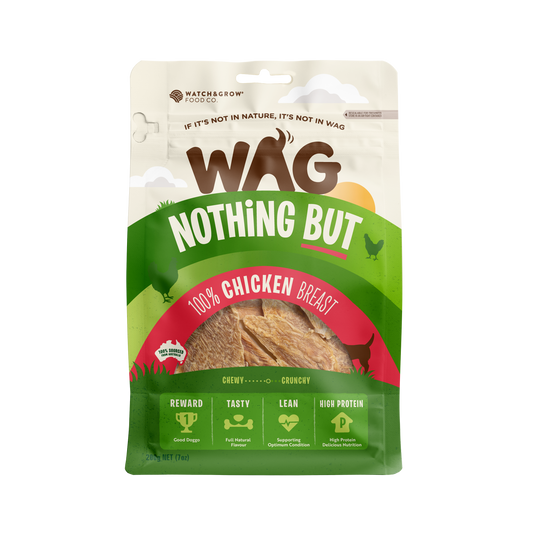How exciting—you are getting a new puppy! You must be incredibly excited and emotional about the prospect of welcoming a new family member into your home. Keep in mind that your current dog(s) will need to adjust to this new family member just as much as you, and this may take them some time. This blog will delve into how to introduce a puppy to your dog, and provide you with some handy tips and tricks to help you along this journey.
Keep it familiar!
Once you pick 'The One' and you're waiting for your new family member to arrive, make sure to communicate with the breeder/shelter and ask them a few questions. Ask them if there a blanket, toy, or any item that your new puppy got attached to. If so, ask them to provide you the item if possible. This way you can place it in your pet's new bed and both your existing doggo(s) and your new puppy can enjoy the scent and get used to the change. Dogs have an incredibly advanced sense of smell, so a familiar scent can help calm your new furry friend’s nerves.
Read about more strategies to prepare your home for a rescue dog in our previous blog here.
Keep it neutral
Once you have gone to pick up your new puppy, bring them and your current dog(s) to neutral ground separately. When it comes to introducing your dog(s) to your new puppy, a dog park is always a great idea, one further away from your house, as it is super important that your existing dog(s) doesn't feel too at home. If they are feeling as if your new puppy is intruding on their space and pack, the transition might not go super smoothly. You want to make sure you are giving all dogs an equal amount of attention to ensure your resident dog doesn't feel left out.
If you decide to take your new dog to the park, make sure they have their vaccinations completed, or they stay away from bushes, pee spots, and other doggos. You can also opt for using a friend's home, or any other space that won't have a chance of exposing your new puppy to any potential pathogens.
Meet and distract
A good idea is to use the meet and distract method.
Let your existing dog(s) make the first move. Have all pets on leashes and let your pets move toward each other, slowly. Once they have made first contact, read their body language, are they nervous, excited or just bored?
If they seem nervous or too excited, move on to the distract phase. Bring out a treat, like some kangaroo cubes, and distract them away from each other, and onto the treat in your hand. Let them chew away for a while until they have calmed down, and start the cycle again. We recommend doing this a few times until the reaction they have to each other is settled and more nonchalant than anything else. This will show you they are okay in each other's presence.

Bring them home
Once you have completed the meet and greet, move this back to your place. Again, use the meet and distract method to get your doggos settled, but don't get disheartened if it doesn't happen straight away. Allow your doggos to take breaks and give them separate areas in the house to relax and come to. Use bully sticks to keep your older dog(s) occupied before trying the meet and distract method again.
Remember, this is just only just the beginning! Once your dogs become more acquainted, they will grow to enjoy each other's company and forget what it was like without the other around. In most cases, dogs living in the same households will become the very best of friends as they keep eachother company throughout the day when you are not around.
Teach them new skills
As your puppy starts to become more settled in your home, they may start to show off their personality. You may find they are super playful, bitey, or just chilled out.
For the first few weeks try to avoid having your whole pack together without supervision. Most older dogs can sense when another dog is still a pup and will tolerate their bitey behaviours, but keep an eye on them and make sure they are comfortable in the presence of your new puppy. Your new puppy might be too overexcited, and may push your other dogs to their limits by their boundless energy.
Starting the training process early can help reduce any unwanted behaviors developing in your new puppy. Remember to reward them with our natural dog treats best for puppies for displaying good behaviors!
To read more: How To Train Your Dog At Home

Keep your eyes out for triggers
Okay, so you have your house and pack prepared and met. Now is the time for keeping your eye out for potential triggers on both ends. Your new puppy might have developed bad habits with their first family, and your older dog(s) might get triggered by things you never realised before—such as toy sharing, food issues, or even jealousy.
If you find that any of these triggers pop up and turn into something like a fight or guarding behaviours, focus your training on those things and allow your dogs to have more time apart before merging their routines.
Bone-a-pet-treat!
Are you on the hunt for the perfect dog treats for your new pack member which is guaranteed to get their little tails wagging? Why not check out the WAG puppy pack? It is full of high-reward delicious treats that are natural, healthy, and gentle on your puppy’s tiny teeth.

Fur-ever friends
For any dog lover, owning dogs is enriching and rewarding. Adding a new puppy to your pack is incredibly exciting for both you and any existing dog’s in your family - because after all, you all have a new family member to love.
Remember, whether this is your first, or seventh dog, each experience will be different, as every single dog is unique. Much like us humans, all dog’s have different personalities, likes, dislikes and temperaments. So take your time, read their cues, and enjoy the ride that is puppy parenthood!
Shop the Recipe
WAG Team
Up Next
Why Does My Dog Sleep So Close To Me?
